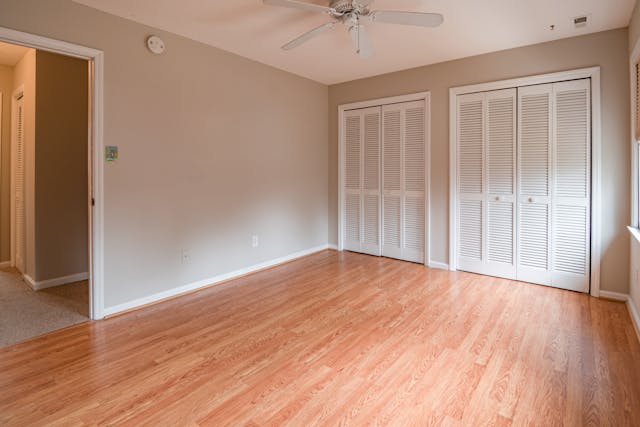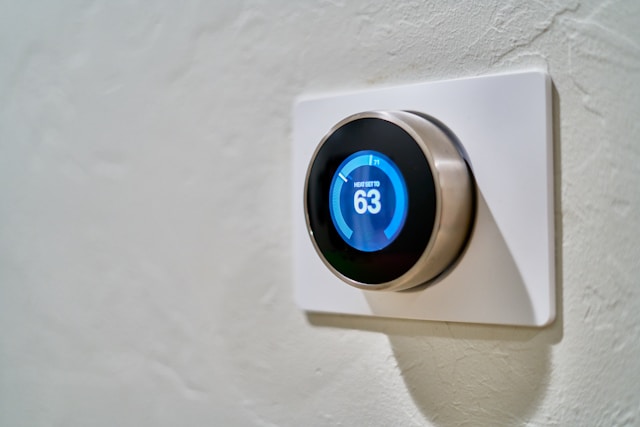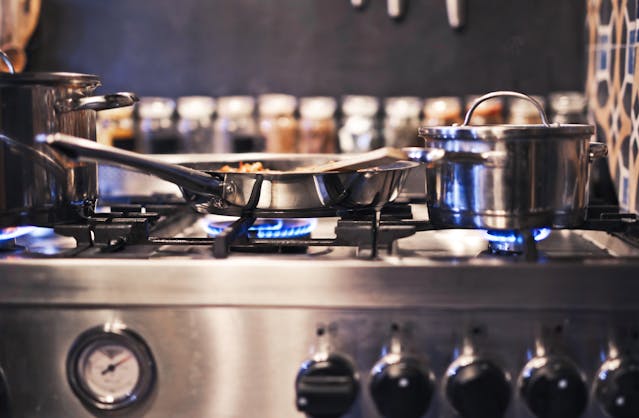Preventative Maintenance for Rental Properties: Save Time and Money

Owning a rental property is a long-term investment, and like any asset, it requires ongoing care to maintain its value. One of the most effective ways to protect your investment is through preventative maintenance—a proactive approach that keeps minor issues from turning into costly repairs. By staying ahead of maintenance problems, rental property owners can save time, reduce expenses, and ensure tenant satisfaction.
The Benefits of Preventative Maintenance
Many property owners focus on addressing maintenance issues only when they become urgent. However, a reactive approach often leads to higher costs and increased tenant complaints. Implementing a preventative maintenance plan provides the following advantages:
Reduces Repair Costs
Routine inspections and early issue detection prevent small problems from escalating into expensive repairs. For instance, fixing a small leak in a roof costs significantly less than repairing water damage and mold growth caused by long-term neglect. Proactive maintenance also helps reduce emergency call-outs, which can be costly and disruptive.
Increases Property Value
Regular maintenance ensures that your property remains in good condition, preserving its value over time. Well-maintained homes attract higher rental rates and keep their market value steady, making them a solid investment. This is particularly important if you plan to sell the property in the future, as well-maintained homes tend to sell faster and at a better price.
Minimizes Tenant Turnover
A rental property that is consistently well-maintained leads to happier tenants who are more likely to renew their leases. Frequent breakdowns, neglected repairs, and unaddressed safety concerns often push tenants to look for alternative housing. Long-term tenants mean fewer vacancies and lower costs associated with marketing, tenant screening, and onboarding new residents.

Prevents Legal Issues
Landlords have a legal obligation to provide a habitable living space for their tenants. Failure to address safety hazards, electrical issues, or plumbing problems could lead to legal disputes or fines. A proactive maintenance approach ensures compliance with landlord-tenant laws and housing regulations, helping property owners avoid potential lawsuits and liability concerns.
Saves Time
Handling emergencies and urgent repairs requires significant time and effort. By implementing preventative maintenance, you reduce the frequency of last-minute service calls, allowing for better time management. Additionally, scheduling maintenance tasks in advance makes it easier to work with professional contractors at a lower cost, rather than paying a premium for last-minute or after-hours service calls.
Key Areas of Preventative Maintenance
A comprehensive preventative maintenance plan covers multiple areas of a rental property. Here are the most important components:
Plumbing System
Leaky faucets, clogged drains, and water heater issues are common plumbing problems that can be prevented with routine maintenance. Important steps include:
- Inspecting pipes for leaks and corrosion
- Flushing water heaters annually to remove sediment buildup
- Checking for slow drains and addressing them before they clog
- Insulating exposed pipes to prevent freezing in winter
- Ensuring proper water pressure to avoid damage to pipes and fixtures
HVAC Systems
Heating, ventilation, and air conditioning (HVAC) systems require regular maintenance to ensure efficiency and longevity. Key tasks include:
- Changing air filters every 1–3 months
- Scheduling annual inspections and tune-ups
- Cleaning air ducts and vents to maintain indoor air quality
- Checking for refrigerant leaks in air conditioners
- Ensuring the thermostat is functioning correctly

Roof and Gutters
A damaged roof can lead to severe structural issues if left unchecked. Regular inspections and maintenance should include:
- Cleaning gutters and downspouts to prevent water buildup
- Checking for loose or missing shingles
- Inspecting attic insulation for moisture or mold
- Sealing any small leaks before they become bigger problems
- Checking flashing around chimneys and vents for signs of wear
Electrical System
Electrical malfunctions can be dangerous and costly. Property owners should ensure:
- Outlets and wiring are in good condition
- Circuit breakers and electrical panels are functioning properly
- Smoke and carbon monoxide detectors have fresh batteries and are tested regularly
- Light fixtures and appliances are inspected for safety
- Addressing flickering lights or frequently tripping breakers promptly
Exterior Maintenance
Curb appeal matters for attracting and retaining tenants. Regular exterior maintenance includes:
- Power washing siding, sidewalks, and driveways
- Trimming trees and landscaping to prevent overgrowth
- Checking fences and gates for damage
- Sealing cracks in walkways or driveways
- Inspecting exterior lighting for security and visibility
Appliance Maintenance
Rental properties often come with appliances such as refrigerators, stoves, dishwashers, and washers/dryers. To extend their lifespan:
- Clean refrigerator coils every six months
- Check washing machine hoses for leaks
- Descale dishwashers and washing machines periodically
- Ensure oven and stove burners are functioning properly
- Test all appliances before a new tenant moves in to ensure they are in working order

Pest Control
A pest infestation can cause serious damage to your property and make tenants uncomfortable. Preventative pest control measures include:
- Sealing gaps around doors, windows, and utility openings
- Scheduling periodic pest inspections
- Keeping garbage bins sealed and away from the property
- Addressing moisture issues that attract pests
- Educating tenants about proper waste disposal to avoid attracting pests
Creating a Preventative Maintenance Schedule
To implement a successful maintenance plan, property owners should develop a seasonal maintenance checklist and conduct regular inspections.
Spring & Summer:
- Inspect and service the HVAC system before the peak summer heat
- Clean gutters and downspouts after spring rains
- Check and repair exterior paint or siding
- Test sprinkler systems and outdoor faucets
- Power wash exterior surfaces
- Check window screens for tears or damage
Fall & Winter:
- Flush and inspect the water heater
- Seal windows and doors to improve insulation
- Test heating systems before winter arrives
- Insulate pipes to prevent freezing
- Clear leaves and debris from gutters
- Inspect the roof before winter storms
Year-Round Tasks:
- Change HVAC filters every 1–3 months
- Test smoke detectors and carbon monoxide detectors quarterly
- Perform monthly visual inspections for leaks or electrical hazards
- Keep detailed records of all maintenance tasks and repairs
- Communicate maintenance schedules to tenants to ensure their cooperation
Working with Professional Property Managers
For property owners managing multiple units or out-of-state rentals, working with a property management company can simplify maintenance tasks. A property manager can:
- Schedule and oversee routine maintenance
- Conduct regular property inspections
- Handle emergency repairs efficiently
- Keep maintenance records for tax and legal purposes
- Coordinate with trusted contractors for quality repairs
Conclusion
Preventative maintenance is the key to preserving the value of your rental property while reducing unexpected costs and tenant complaints. Whether you manage your property yourself or work with a professional property manager, staying proactive ensures long-term success in the rental business.
If you need help with managing your rental property, contact Evolve Real Estate and Property Management today!
